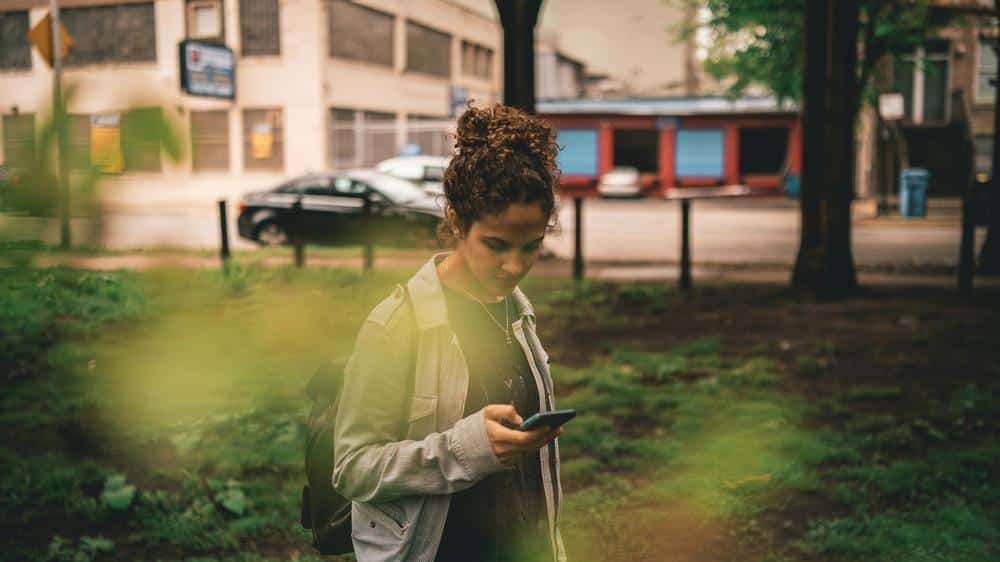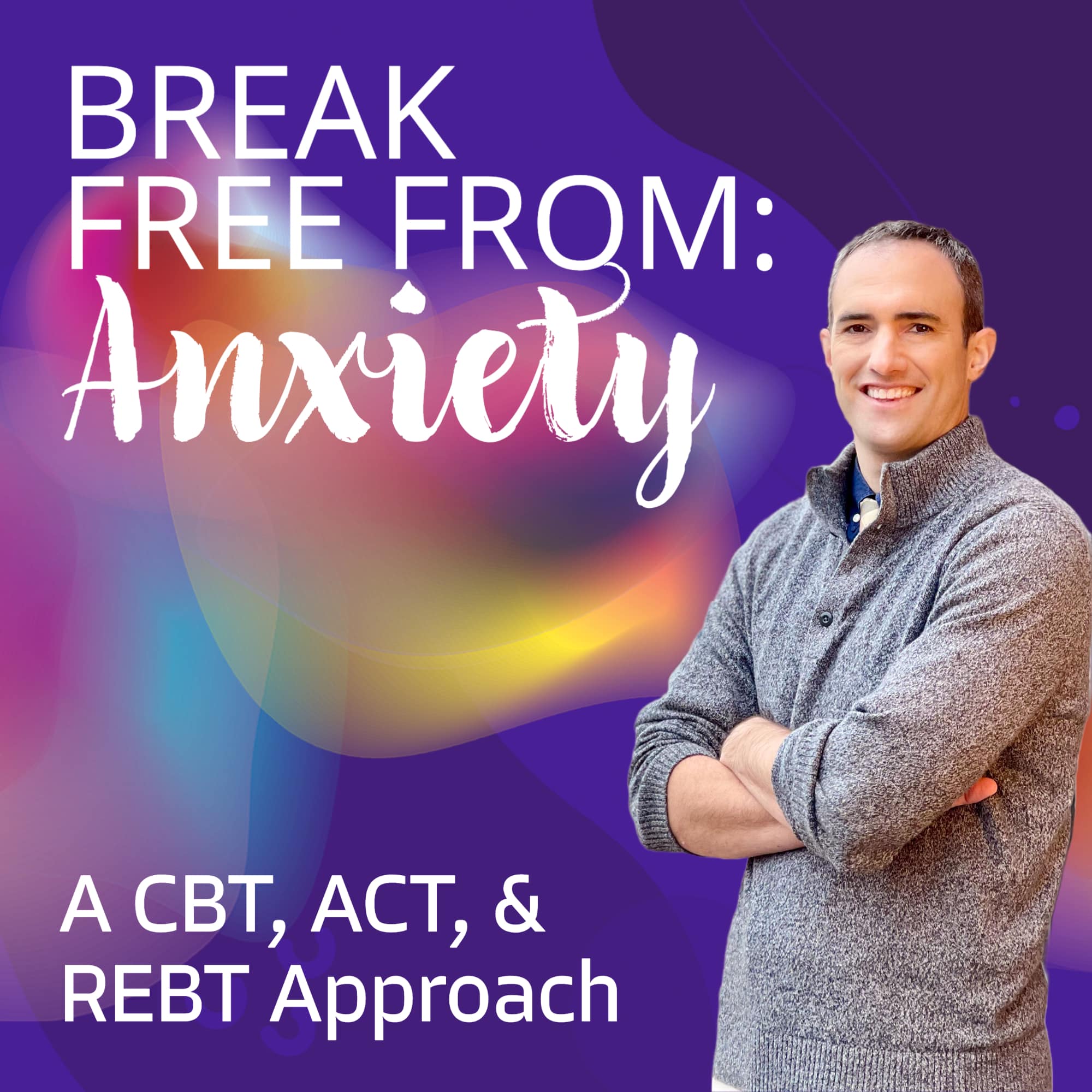
The LGBTQI* community spans a wide spectrum of identities—including lesbian, gay, bisexual, transgender, queer, questioning, and intersex individuals—each with distinct experiences, yet all connected by the ongoing struggle for safety, visibility, and respect. While public understanding of gender and sexuality has evolved, it has had to do so against a backdrop of medical and social erasure. For decades, homosexuality and gender nonconformity were not only misunderstood but pathologized—classified as mental disorders until as late as 1973 by major psychiatric institutions. That legacy still casts a long, damaging shadow.
Today, we know better—being LGBTQI* is not a condition; it’s an identity. But the aftershocks of stigma haven’t disappeared. LGBTQI* individuals continue to face disproportionately high mental health risks not because of who they are, but because of what they endure. They are more than twice as likely to experience depression, anxiety, substance use disorders, or suicidal ideation. Among transgender individuals, the statistics are even more sobering: 40% report having attempted suicide, compared to less than 5% of the general U.S. adult population. Imagine an epidemic where nearly half of one group of people stands on the edge of life, largely due to systemic rejection and chronic stress.
The underlying causes are neither vague nor mysterious. They are entrenched in daily realities: rejection by family members upon coming out, discriminatory laws, homelessness driven by identity, spiritual alienation, and a health system that often lacks both cultural competence and safe access points. Trauma is not a footnote—it’s often central to the life experience of many LGBTQI* youth and adults, layering over time into what clinicians call “minority stress,” a chronic burden of navigating a world not built for you.
Mental health challenges in this community are not just more frequent—they’re often more invisible. Depression and PTSD go undiagnosed. Coping becomes a matter of survival. Some resort to disassociating from their identity, avoiding others in the community, or attempting conversion therapy. Others fall into patterns of substance misuse, self-injury, or high-risk sexual behavior—not out of recklessness, but as desperate tools for emotional regulation in a hostile environment.
But survival is not the same as healing. And healing begins with access—to therapy, yes, but also to affirmation, visibility, and community. Effective strategies include working with LGBTQI*-competent mental health professionals, joining support groups, and building identity-affirming social networks. That could mean playing on a queer-inclusive soccer team, attending theatre workshops geared toward LGBTQI* creatives, or mentoring youth navigating their own journey. Advocating for your rights, using your chosen name and pronouns unapologetically, or educating your family can be acts of quiet but radical self-preservation.
A resilient community exists—and so do resources. If you or someone you know is in crisis, immediate support is available:
For the Transgender Community
- Trans Lifeline – 877-565-8860
For LGBTQI* Youth and Young Adults
-
LGBT National Youth Talkline – 1-800-246-7743
-
TrevorLifeline – 1-866-488-7386
-
TrevorText – Text START to 678-678
-
The Steve Fund Crisis Textline* – Text STEVE to 741741
For LGBTQI* Adults
-
Lifeline* – 1-800-273-8255
-
Crisis Text Line* – Text HOME to 741741
-
LGBT National Hotline – 1-888-843-4564
References:







